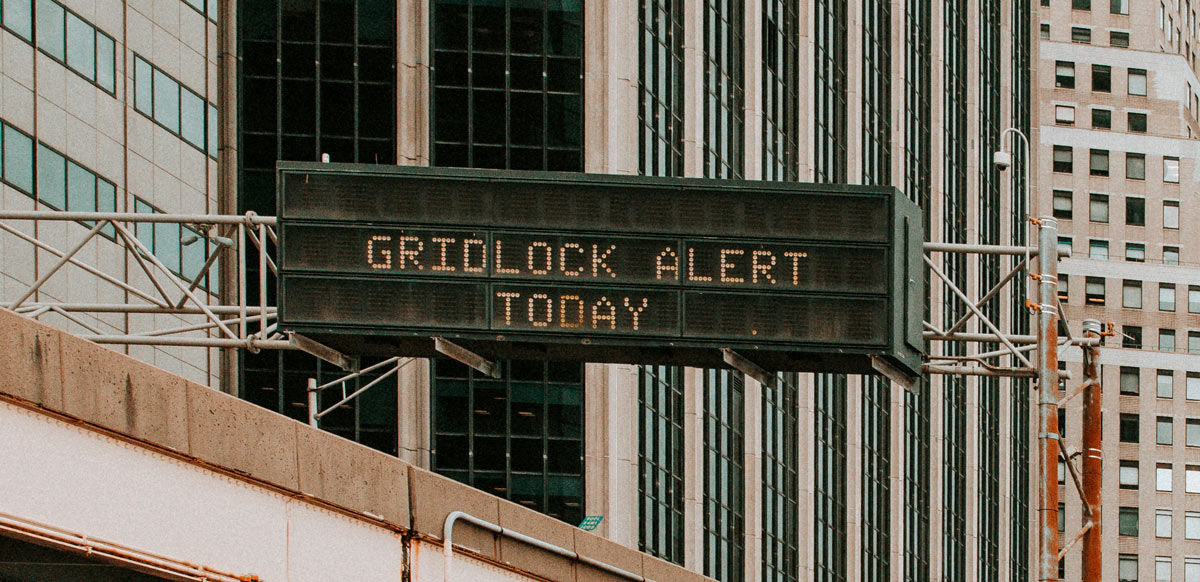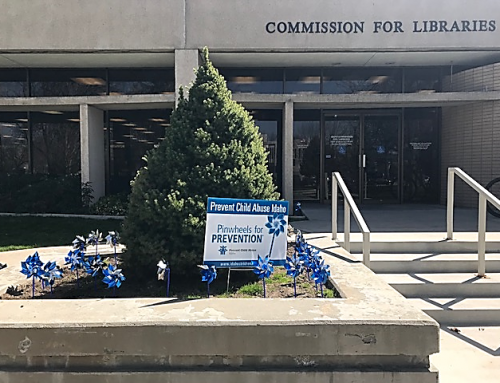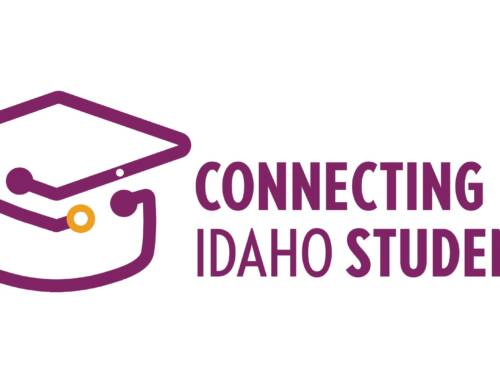Do your staff and patrons travel the internet like they’re cruising down the open road in a sports car — with the top down, the tunes blasting, and not a care in the world? Or is trying to use your library’s internet more like a Southern California freeway at rush hour — gridlock.
If your broadband could use a boost, there are programs that can make that happen — at little or no cost.
E-rate is the federal mechanism through which libraries and schools obtain high-speed internet access at a rate discounted from the provider of between 20 and 90 percent. In Idaho, the portion of the internet access costs not discounted under E-rate can then be eligible for reimbursement from the State under its Education Opportunity Resource (EOR) Act.
Idaho Code 33-5604 3 requires the libraries and schools that participate in EOR make a good-faith effort to provide their bandwidth utilization data to the Idaho Commission for Libraries and the State Department of Education (SDE), so that the levels of internet service can be determined for the state’s libraries and schools.
Because many schools and libraries have not gathered their own bandwidth utilization data, the SDE has developed a pilot program to do it for them — at no cost.
The SDE’s Broadband Program Coordinator Mike Costa has been assisting libraries to set up small, unobtrusive software “probes” on the networks of schools and libraries, to gather their bandwidth utilization data. What is bandwidth utilization? Simply put, it is a measure of how much bandwidth (or internet speed) is being used at a snapshot in time.
For example, if a library has an internet connection with a 50 Mbps (megabits per second) download speed, bandwidth utilization can show if the library is consistently maxing out their 50-Mbps-connection, and if so, on what days and at what times that is happening.
This data is invaluable for a library to determine the priority of getting a faster internet connection with greater bandwidth. This data can also demonstrate to stakeholders how much the library’s internet connection is being used, including increases over time. You can generate reports of this data that cover a time frame of your choice, such as a week, or month, or all of 2018.
Ultimately, all libraries that participate in EOR (and E-rate) will be included in the SDE’s pilot program. There will be no cost for the library to participate, and the process to get started is fairly straightforward. A sensor is placed on the library’s network to gather its bandwidth utilization data.
If your library participates in EOR and has not been contacted about this utilization pilot, you can expect me to introduce you to the SDE’s Mike Costa sometime soon. (Mike is working hard this summer to get more libraries into the pilot program, while schools are out of session.)
To request your inclusion in this pilot and/or to learn more about it, please contact me at 208-639-4167 or via email at dylan.baker@libraries.idaho.gov.
If you are not sure if your library is in the broadband utilization pilot, or you want to contact a library that is participating, here is a list of Idaho libraries currently in the SDE’s pilot program:
- Benewah
- Burley
- Challis
- Clearwater (Weippe)
- DeMary
- Consolidated
- Grangeville
- Latah
- Meridian
- Oneida
- Prairie River
- St Maries
- Twin Falls




